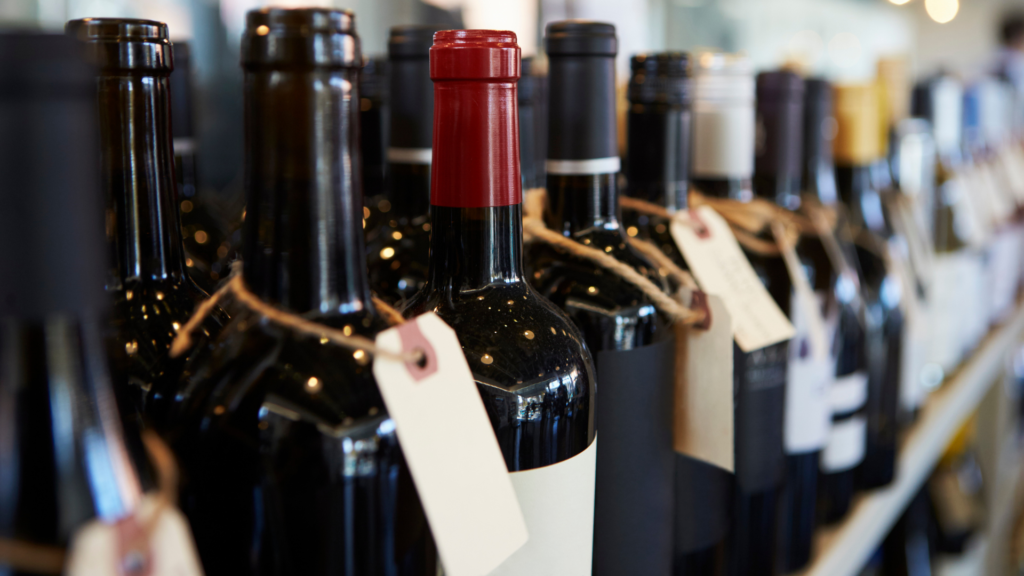
A well-thought-out distribution strategy can be a game-changer in the wine industry. Whether you’re a small boutique vineyard or a large-scale producer, getting your wines to the right audience is crucial for success. A solid wine distribution network and efficient wine logistics management are key components. In this article, we’ll explore what a distribution strategy is and how to create an effective one tailored to the wine industry.
Understanding the basics of a distribution strategy
A distribution strategy refers to the plan a business implements to deliver its products to the target market. In the wine industry, this involves choosing the right wine distribution channels, partners, and approaches to ensure your wine reaches its intended audience. A good distribution strategy also focuses on effective logistics management in wine to streamline operations and reduce costs.
Choosing the right distribution channels can make or break a wine brand. Whether you opt for direct-to-consumer (D to C) sales, wholesalers, or retail, understanding your options is the first step toward crafting an effective plan.
The importance of a tailored distribution strategy for wine brands
The wine industry has unique challenges that require a specialised distribution approach. From stringent regulations on alcohol sales to specific storage and transport needs, a one-size-fits-all strategy won’t work. Managing wine logistics and distribution effectively is crucial to meet these unique challenges. A solid wine distribution strategy will ensure that your product is accessible to customers while maintaining quality standards.
Beyond logistics, a good distribution strategy can boost your brand’s visibility and reputation. Choosing the right retail partners, participating in wine events, and leveraging the right online platforms can help elevate your brand in a crowded market.
Key steps to create a winning wine distribution strategy
Step 1 – Identify your target market
The first step in any successful strategy is to know your audience. Who are your wine buyers? Are they casual consumers or connoisseurs? Understanding their preferences, buying habits, and preferred shopping platforms will shape your distribution choices.
Step 2 – Choose the right distribution channels
Selecting the right wine distribution circuit is crucial to reach your target market effectively.
In the wine industry, distribution channels can include traditional wholesalers, specialty retailers, online marketplaces, and even direct-to-consumer (D to C) options. Each channel has its pros and cons:
- Wholesalers: Great for broad reach but may reduce profit margins.
- Specialty retailers: Excellent for targeting wine enthusiasts but might have limited geographic coverage.
- Online marketplaces: Ideal for reaching a wider audience but requires strong digital marketing.
- DTC sales: Provides maximum control and higher margins but involves direct customer management.
Additionally, consider the on-trade (HORECA) segment, which includes restaurants, hotels, and bars, as well as the off-trade channels like wine shops and grocery stores. An effective omnichannel strategy for wine can help you maximize your market reach.
Step 3 – Understand legal requirements and regulations
Wine distribution is heavily regulated, with laws varying by state. Navigating these legalities is crucial to avoid penalties and ensure your products are compliant. Make sure to research state-specific alcohol laws, licensing requirements, and shipping restrictions before expanding your distribution.
Step 4 – Build strong relationships with distributors
Strong partnerships with distributors are vital for a successful distribution strategy. Choose partners who align with your brand’s vision and target market. Maintain open communication, provide training on your products, and offer incentives to encourage a long-term, fruitful relationship.
Step 5 – Monitor and adjust your strategy
No strategy is set in stone. Regularly reviewing your strategy helps optimize processes and reduce costs. Analyzing key performance indicators (KPIs) helps identify areas for improvement and opportunities for expanding your wine distribution network. Track important KPIs such as:
- Numerical Distribution: The number of points of sale carrying your wine.
- Penetration Rate: Market share of your wine brand.
- Average Brand Visibility: How visible your brand is across retail outlets.
- Points of Sales Lost: Number of retailers that no longer carry your product.
- Loyalty Rate: Customer repeat purchase rate.
- Consumption Rate: Frequency of purchases of your wines.
- Average Price: The price point of your wines in the market.
- Number of Vintages and Formats: Variety of wines and bottle sizes offered.
These metrics provide valuable insights for refining your sales strategy for wine producers.
Expert tips to perfect your wine distribution approach
- Engage with Wine Events: Participating in wine festivals, trade shows, and tasting events can significantly boost your brand’s visibility.
- Leverage Technology: Use Customer Relationship Management (CRM) tools and Enterprise Resource Planning (ERP) software to streamline your distribution process.
- Tell Your Story: In the wine industry, storytelling is key. Highlight your vineyard’s history, production methods, and passion to make a lasting impression on customers and distributors alike.
Final thoughts on building a successful wine distribution strategy
Creating a robust distribution strategy is essential for success in the wine industry. It’s not just about getting your wine on store shelves—it’s about reaching the right consumers, navigating complex regulations, and fostering lasting relationships. A well-executed distribution strategy will set your wine brand apart in a competitive market.
How Wine Services can help your wine distribution strategy
For a successful distribution strategy, having access to the right data is key. As a leader in data collection and analysis for the wine industry, Wine Services not only manages logistics, warehousing, and distribution but also provides in-depth market insights. By partnering with Wine Services, you gain access to valuable data that can guide your distribution decisions and help you reach the right customers. Their expertise ensures that your wine arrives at its destination in top condition, while their data-driven approach helps you optimise every step of your distribution strategy. Let Wine Services handle the complexities so you can focus on crafting exceptional wines.
To see how Wine Services has helped other wine brands achieve market success, check out this case study: How can you guarantee high visibility on the markets?


